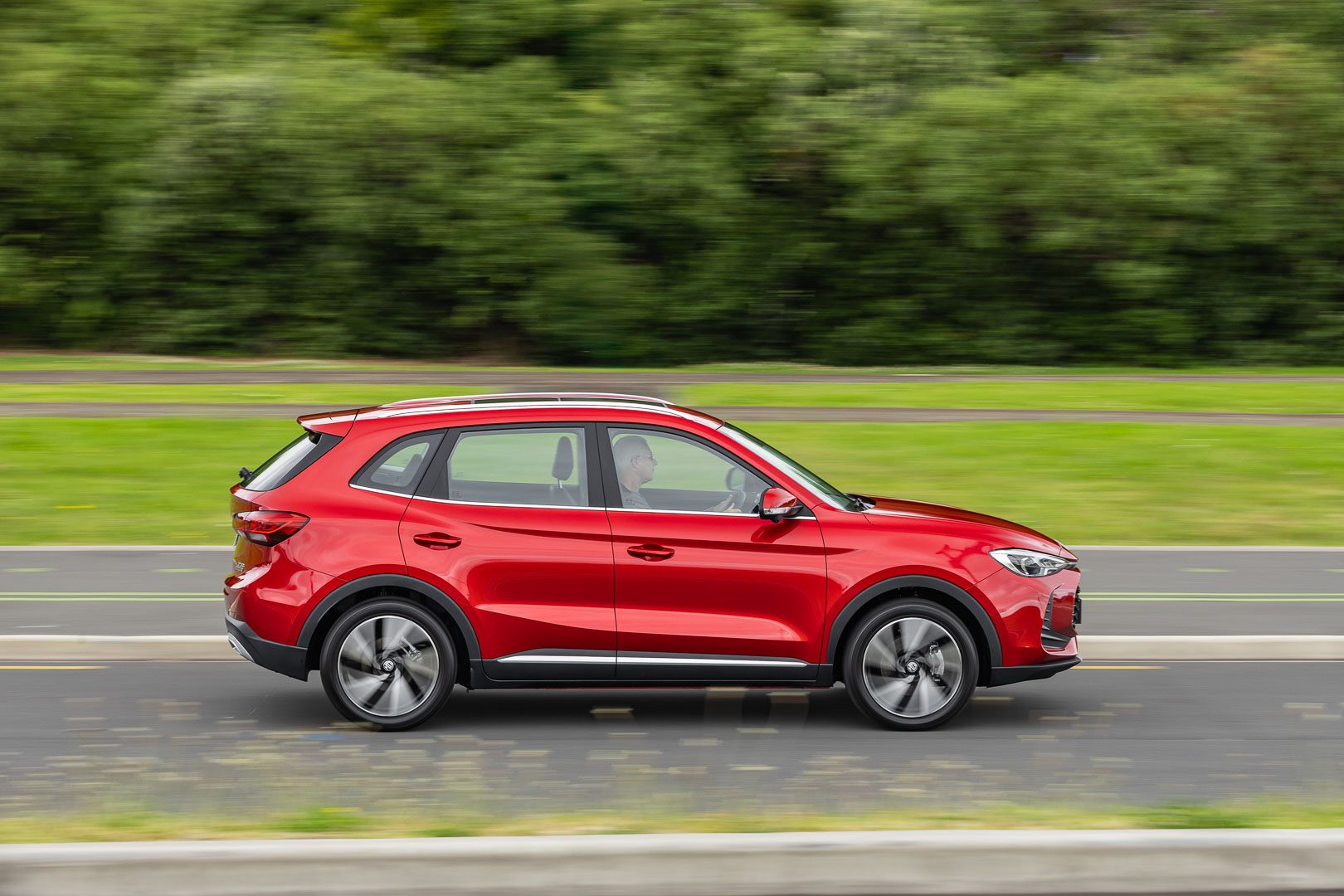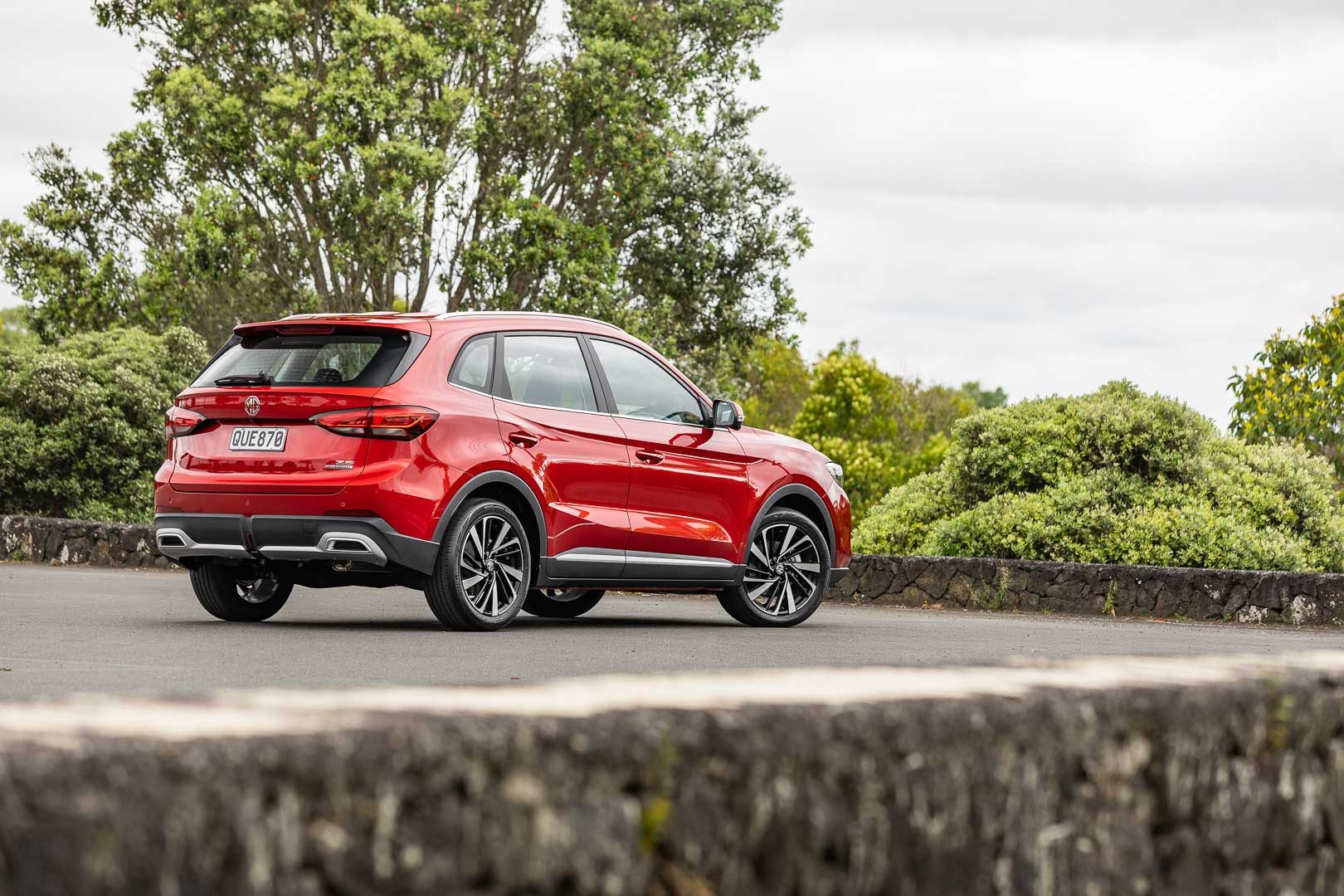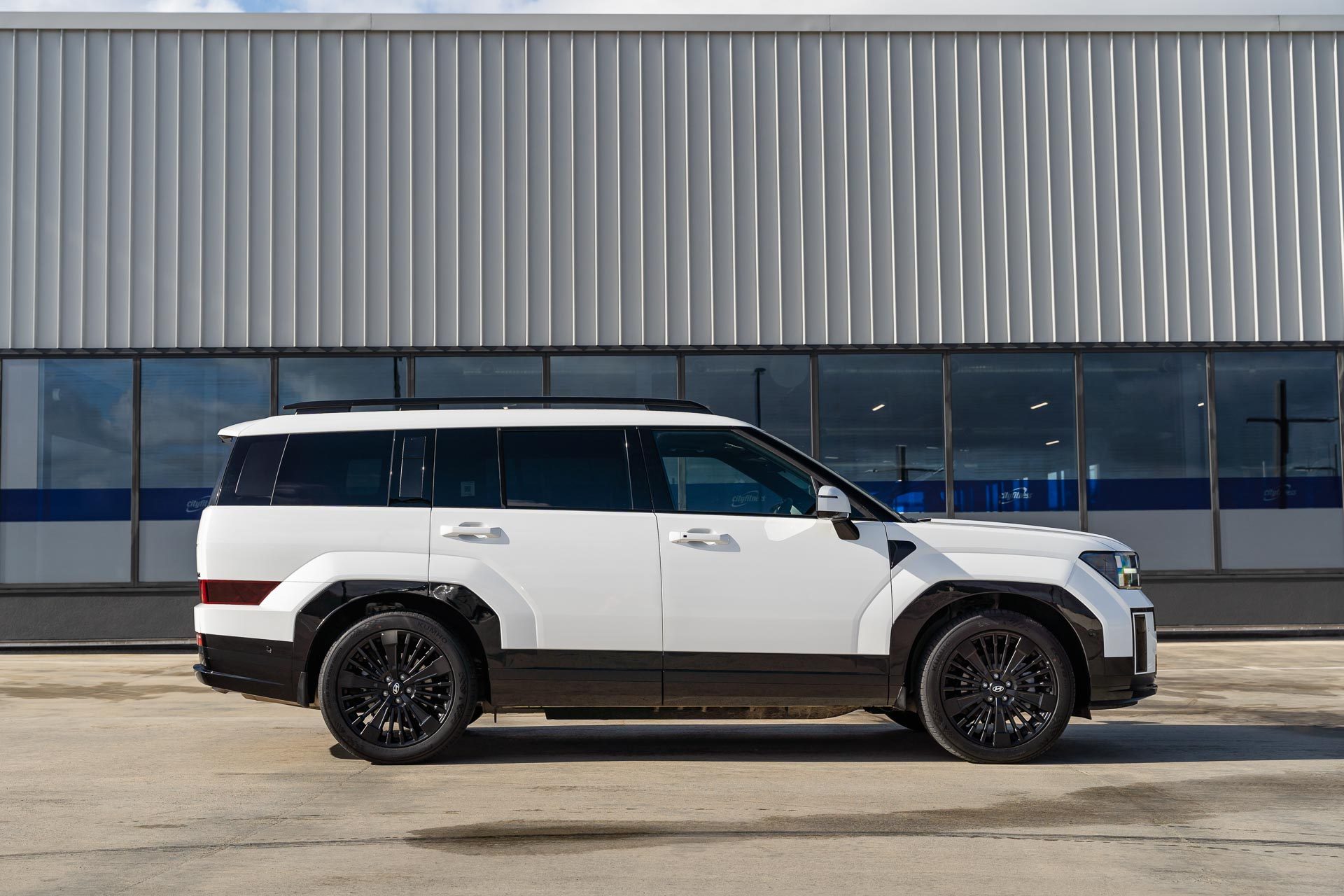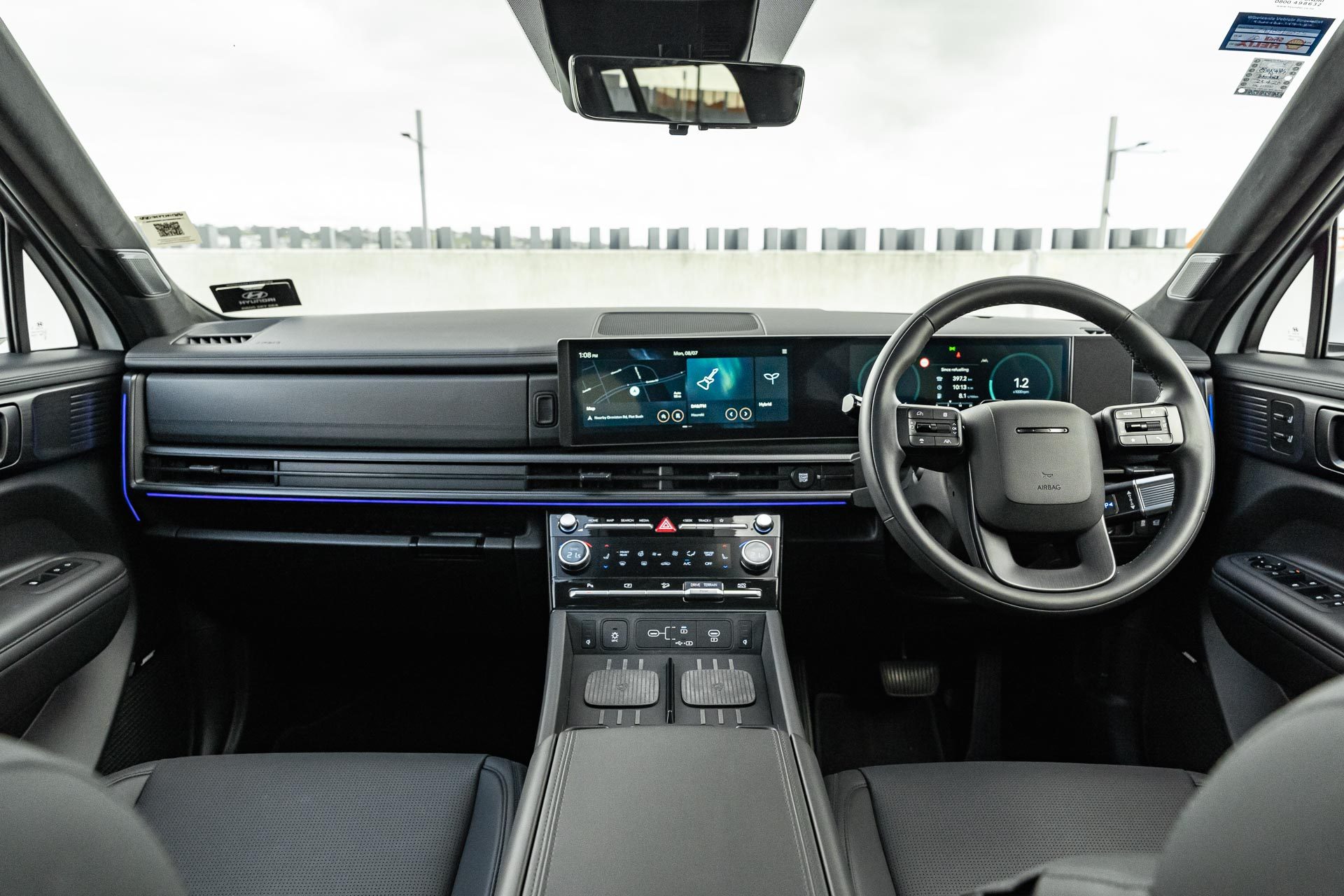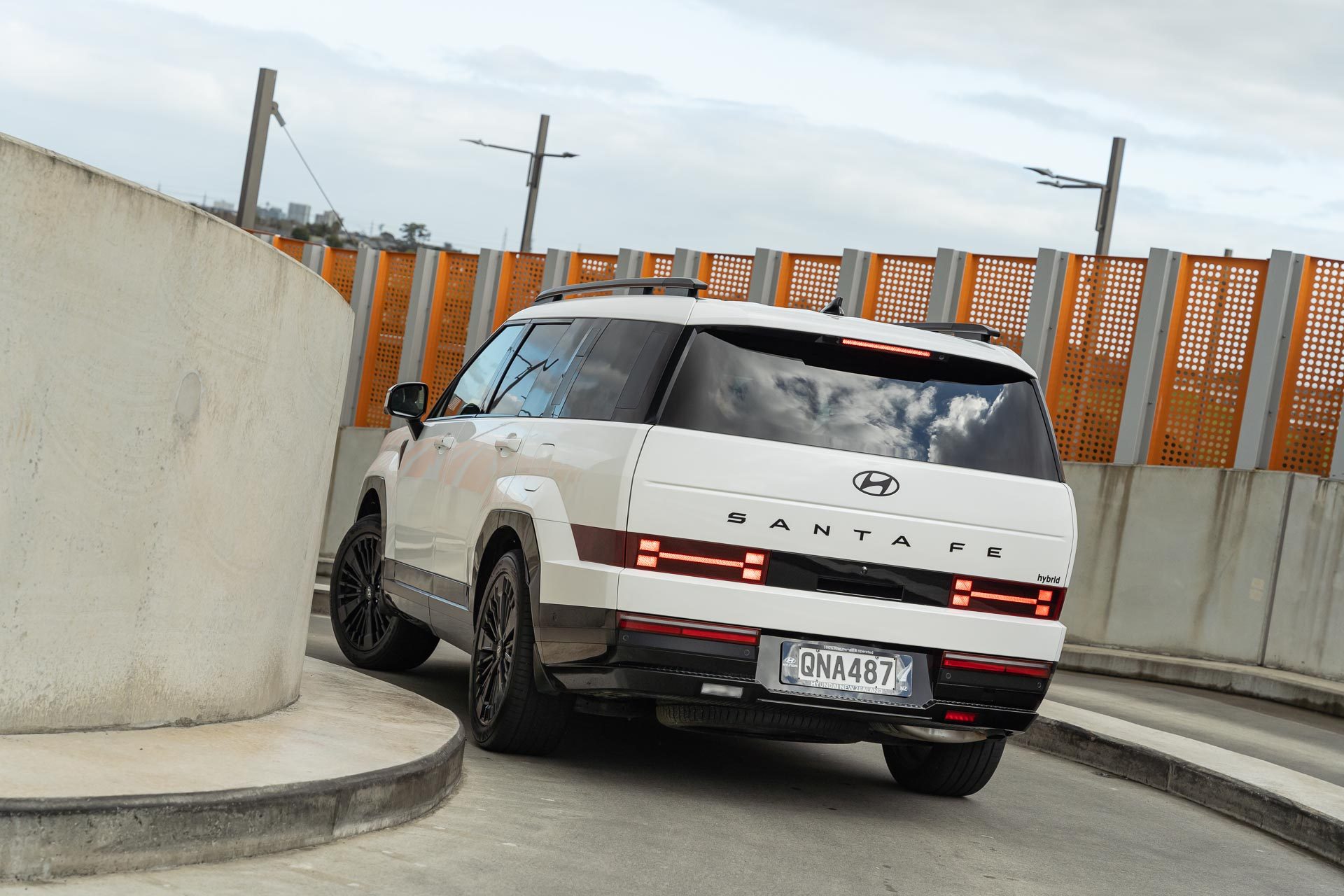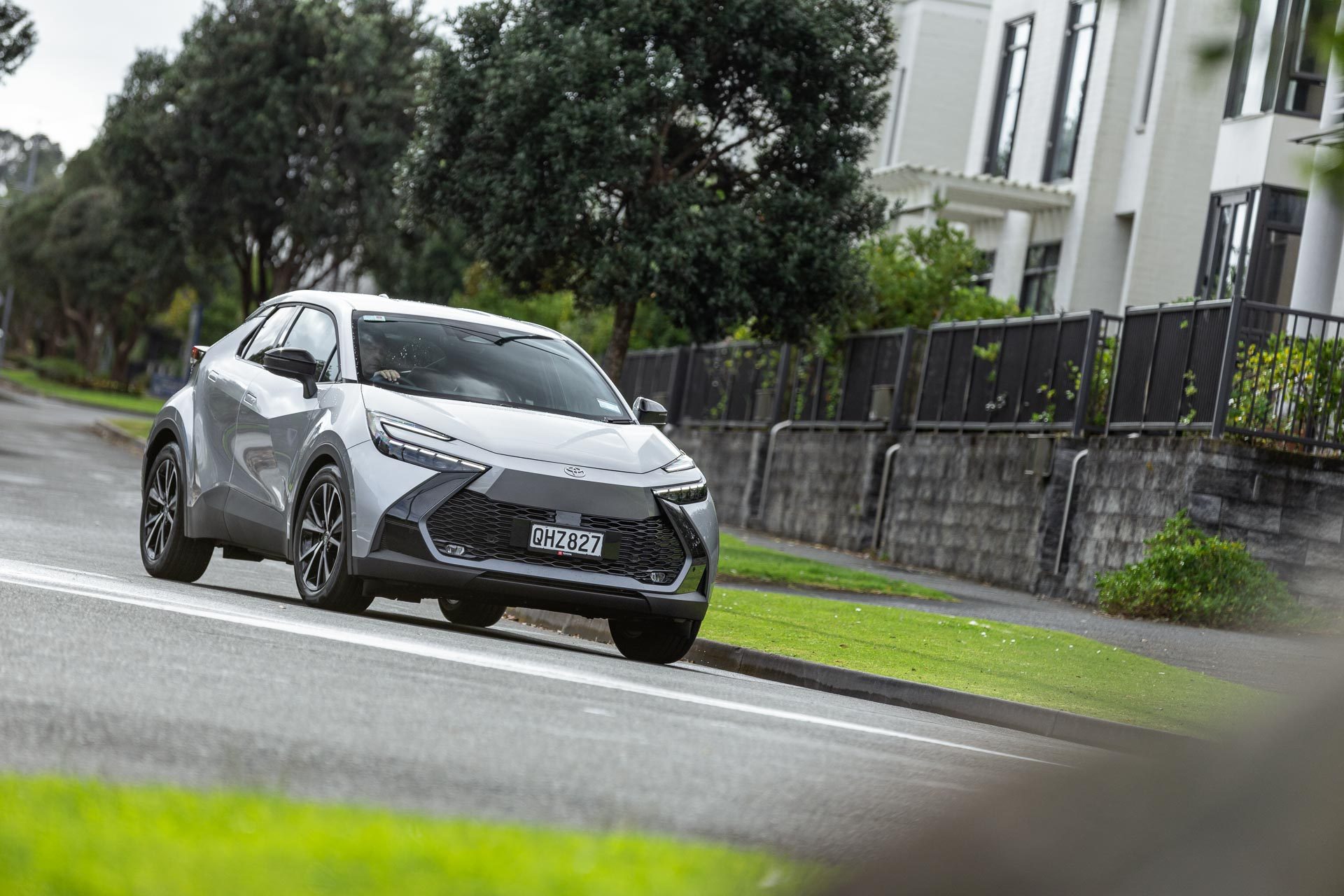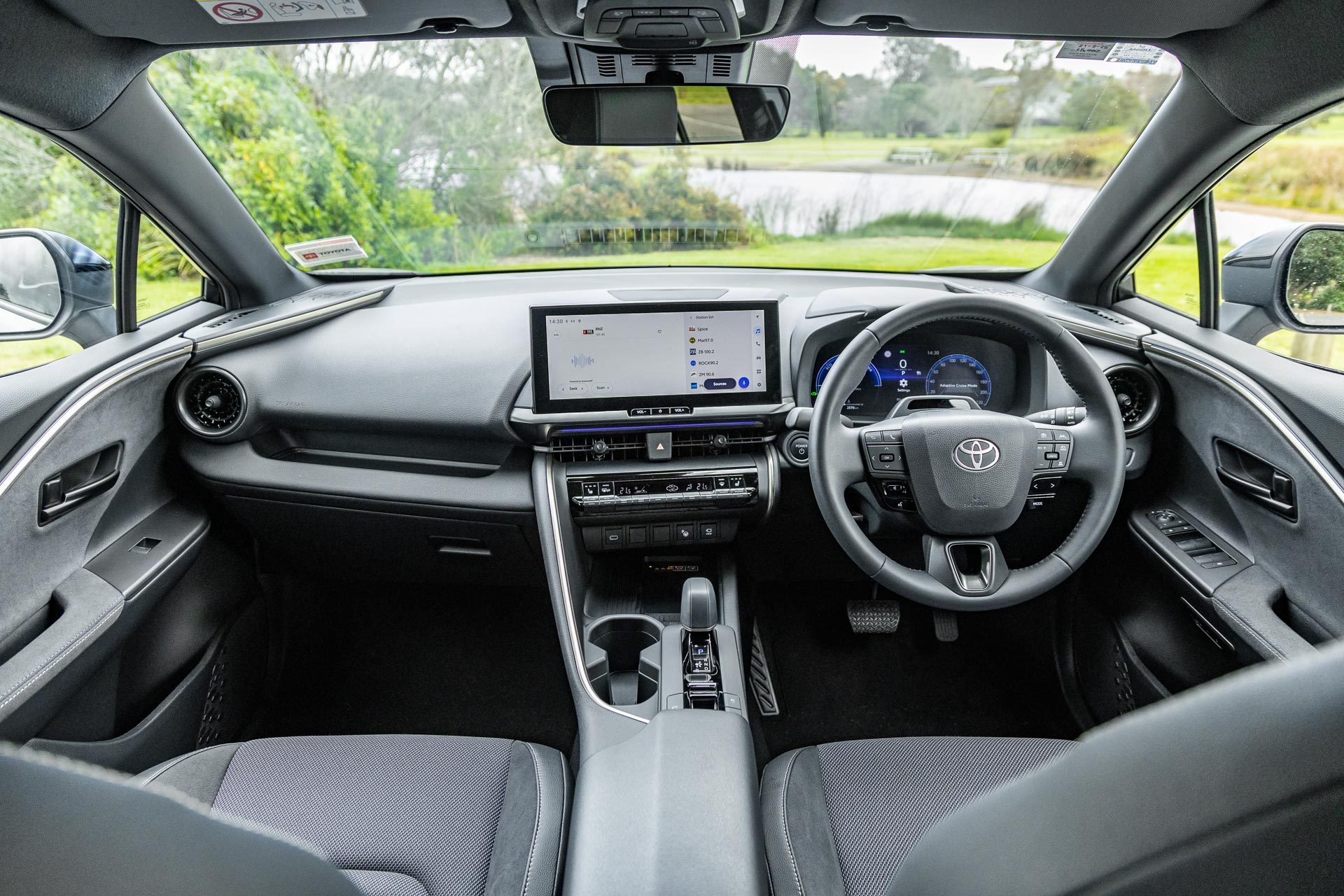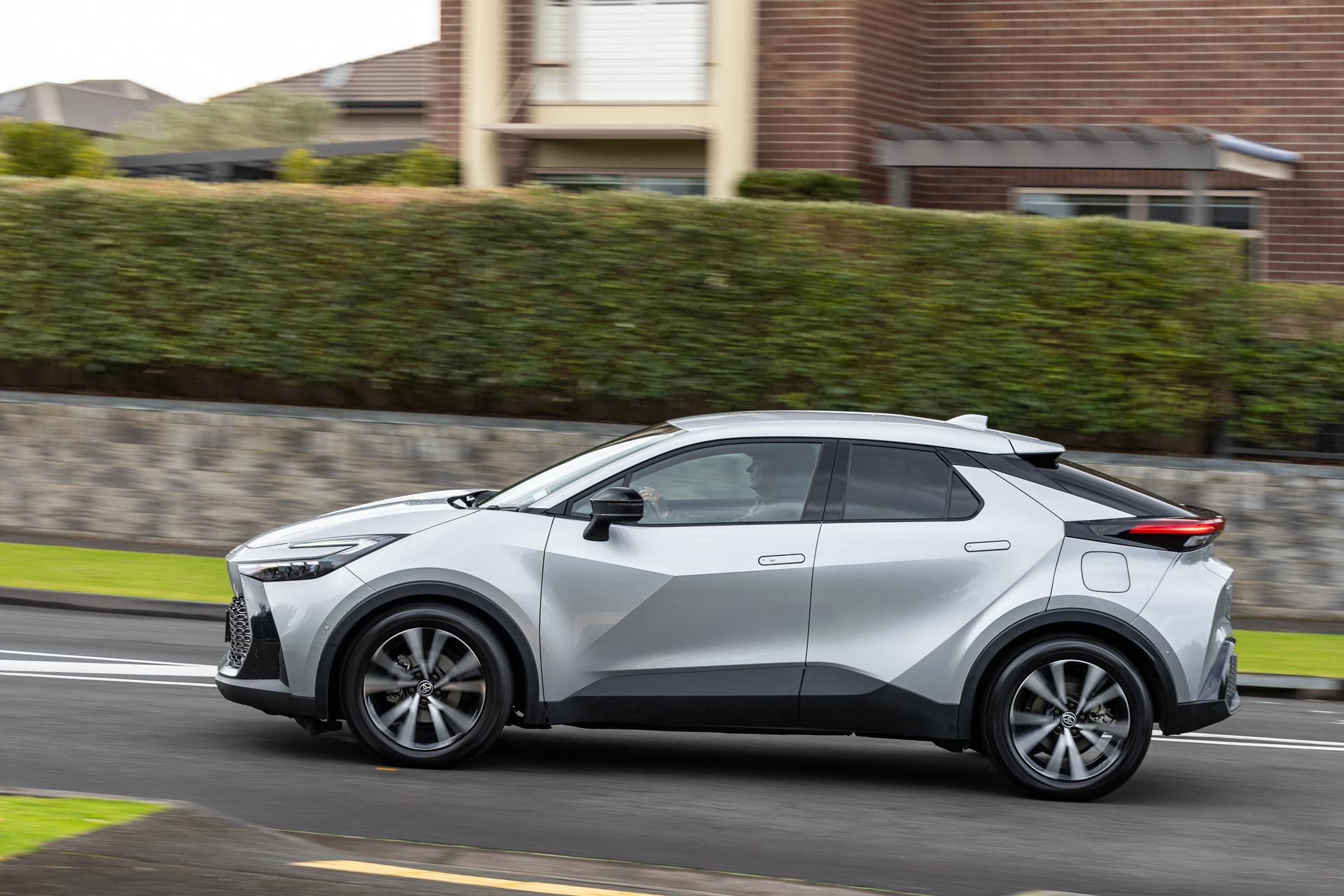Feature article
Best hybrid SUVs of 2024 and 2025
As hybrid tech expands beyond powering small hatchbacks, you can now get a range of SUVs with fuel saving technology.

The petrol electric fuel saving tech can be had in smaller, more affordable offerings, as well as larger, family-oriented SUVs. Here is a sample of the best hybrid SUVs available from the past year.
MG ZS hybrid
The ZS Hybrid+ is a new version of MG’s budget-friendly compact SUV, offering better quality, performance and efficiency. It features a longer body, a more assertive front end, and an improved interior. A new chassis enhances ride and handling while the Hybrid+ powertrain—borrowed from the MG3—delivers 100kW and 250Nm, significantly improving performance over its predecessor.
The hybrid system primarily relies on an Atkinson-style engine acting as a generator for the 1.83kWh battery, with the motor handling most of the driving. Fuel efficiency is impressive, rated at 5.2L/100km, with real-world driving sometimes dipping into the 4L/100km range.
While motorway efficiency is slightly higher, urban driving maximises the benefits of the hybrid powertrain. Performance is adequate for daily driving, with strong overtaking ability after initial hesitation.
Interior space is generous, with a 443L boot and features like MG Pilot active safety aids and a 10-year warranty enhance value. Downsides include no telescopic steering, a non-powered tailgate and occasional jerky cruise control. Priced from $36,990 to $39,990, the ZS Hybrid+ balances efficiency, practicality, and affordability.
Hyundai Santa Fe
The Hyundai Santa Fe is a boldly-styled, all-new seven-seater SUV with improved tech, features, and an efficient hybrid powertrain. While slightly longer, it remains smaller than a Ford Everest and comparable in size to the Toyota Highlander. Pricing starts at $74,990 for the Active, rising to $99,990 for the high-spec Calligraphy. The Santa Fe features a petrol hybrid powertrain; this 1.6L turbo petrol/electric system produces 172kW/367Nm, delivering fuel efficiency of 6.2L/100km, similar to the previous diesel’s 6.1L/100km, but with fewer emissions.
Refinement has improved, with better cabin insulation and smoother hybrid transitions. Ride quality remains composed, aided by frequency-sensitive dampers and well-tuned steering. The hybrid’s 1650kg towing capacity is lower than the previous diesel’s 2500kg.
Inside, Hyundai has streamlined the console, providing more storage, a dual-hinged centre bin, and wireless charging. A Panoramic Curved Display houses dual 12-inch screens, supported by shortcut buttons for essential controls. The Calligraphy trim adds luxury touches like nappa leather, ventilated seats, and a UV sanitising box.
Safety features include 10 airbags, enhanced collision avoidance, and lane-change assistance. The Santa Fe competes with the Toyota Highlander, Kia Sorento, and Mazda CX-90, offering ample space, modern tech, and a comfortable drive. Despite its higher price, the new Santa Fe presents a strong option for families seeking a spacious and well-equipped SUV, with the Elite variant offering the best value.
Toyota C-HR
The second-generation Toyota C-HR is a compact SUV with bold styling and an updated hybrid powertrain. Positioned in a crowded segment, it competes with Toyota’s own Corolla Cross and RAV4, with prices ranging from $45,990 to $57,000. The C-HR is aimed at buyers seeking a compact, stylish vehicle with good fuel efficiency.
The all-hybrid lineup includes four models, starting with the GX at $45,990 and the mid-spec GXL at $49,990. The Limited trim adds premium features like a JBL sound system, leather seats, and a panoramic roof, while the GR Sport, with all-wheel drive and a more powerful 2.0L engine, tops the range at $56,000. Most models use a 1.8L hybrid system producing 103kW, with a fuel consumption of 4.4L/100km.
Inside, the C-HR has a modern, cockpit-like layout with a high center console, digital driver display, and a 12.3-inch infotainment touchscreen. Features include wireless Apple CarPlay, Android Auto, voice recognition, and a surround-view camera. Rear space is tight for adults, and the 356L boot is limited due to its sloping design.
The hybrid system delivers smooth acceleration and excellent fuel efficiency, particularly in city driving. It offers an easy drive with light steering, a supple ride, and strong safety features, including adaptive cruise control and lane-keeping assist. On the highway, road and wind noise increase, and acceleration is modest.
The C-HR faces competition from the Haval Jolion, Honda HR-V, and Hyundai Kona Hybrid, but stands out with its refined hybrid system and bold design.
Author
Other articles you might like


